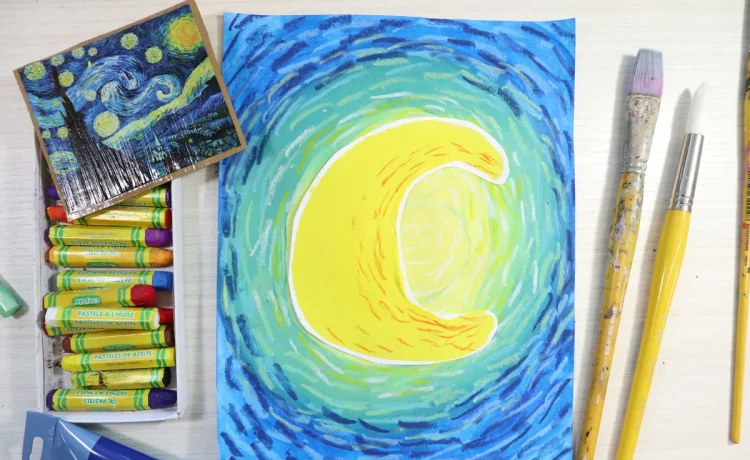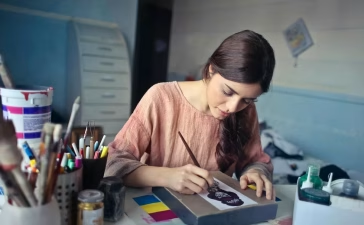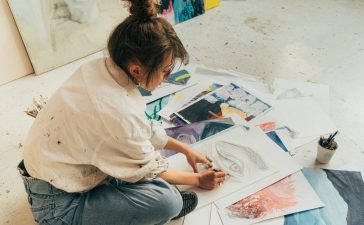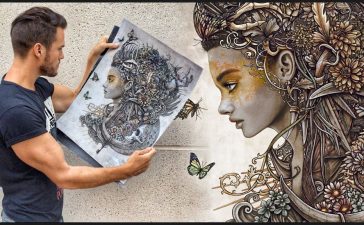In today’s rapidly evolving world, education is often discussed in terms of STEM—science, technology, engineering, and mathematics. While these disciplines are crucial, the arts remain an equally vital component of a well-rounded education. From music and theater to visual arts and creative writing, the arts not only enrich learning but also cultivate critical skills that extend far beyond the classroom. The intersection of arts and education is where creativity meets structure, where self-expression complements logic, and where cultural awareness broadens human understanding.
This article explores why integrating the arts into education matters, how it benefits students and communities, and what future directions may shape arts education in the 21st century.
The Value of Arts in Education
Education, at its core, is not just about transferring knowledge—it is about nurturing the whole person. Arts education provides unique opportunities for students to explore emotions, develop empathy, and build confidence. Unlike subjects that often rely on correct answers, the arts encourage multiple interpretations and value originality.
When students engage in painting, playing instruments, or performing in theater, they learn to approach problems creatively. They also discover the importance of practice, patience, and perseverance, which are essential life skills. Moreover, studies have shown that students who participate in the arts perform better academically, have higher levels of engagement, and are more likely to graduate.
Enhancing Creativity and Innovation
Creativity is no longer a luxury—it is a necessity in the modern economy. Employers across industries emphasize the importance of innovative thinking, adaptability, and problem-solving. Arts education fosters these skills by teaching students to look at challenges from different perspectives.
For instance, a student designing a sculpture must consider balance, form, and texture—similar to how an engineer might approach the design of a bridge. A drama student improvising on stage develops quick thinking and adaptability, skills that translate into leadership and effective communication. In this way, the arts serve as training grounds for creativity that extends beyond traditional artistic careers.

Building Critical Thinking and Cognitive Skills
Arts education also sharpens critical thinking. Analyzing a painting requires observation, interpretation, and reasoning. Writing poetry involves understanding rhythm, symbolism, and emotional nuance. Even learning to play a musical piece demands attention to detail, memory, and mathematical precision.
Research in neuroscience has shown that arts participation strengthens cognitive pathways in the brain. For example, playing an instrument enhances spatial reasoning, while drama and storytelling improve verbal skills. These benefits extend to STEM fields as well, making arts education complementary rather than separate from scientific and technical studies.
Emotional Intelligence and Self-Expression
One of the most overlooked benefits of arts education is its role in developing emotional intelligence. Through art, students learn to express feelings that may be difficult to articulate verbally. Painting, dance, or writing poetry can provide healthy outlets for stress, anger, or sadness.
Additionally, engaging in the arts fosters empathy. When students perform in a play, they step into the shoes of another character, understanding different perspectives and emotions. This ability to empathize is crucial in creating compassionate communities and effective leaders.
Cultural Awareness and Global Understanding
In an interconnected world, cultural awareness is essential. Arts education exposes students to diverse traditions, histories, and worldviews. Whether studying African drumming, Japanese calligraphy, or Latin American dance, students gain a deeper appreciation for cultures beyond their own.
This cultural literacy not only enriches personal identity but also promotes tolerance and global citizenship. Students who understand cultural diversity are better prepared to collaborate in international contexts, whether in business, politics, or community development.
The Role of Arts in Community and Identity
Beyond individual benefits, arts education strengthens communities. School plays, concerts, and art exhibits bring people together, creating shared experiences and collective pride. In many cases, schools serve as cultural hubs, especially in small towns or underserved areas where access to professional art venues is limited.
For students from marginalized backgrounds, arts education can be particularly empowering. It offers opportunities for self-representation and storytelling, allowing voices that are often silenced to be heard. By celebrating diversity and encouraging expression, the arts help build inclusive communities.
Challenges Facing Arts Education
Despite its many benefits, arts education often struggles for recognition and funding. Budget cuts frequently target arts programs first, prioritizing standardized test subjects instead. As a result, many students—especially those in low-income areas—lack access to quality arts instruction.
Another challenge is the misconception that arts are less practical than other subjects. Parents and policymakers sometimes view artistic careers as risky, leading to undervaluation of arts programs. However, the reality is that skills learned through the arts are transferable and highly valued across industries. Creativity, communication, and adaptability are in high demand, whether in business, healthcare, or technology.
The Future of Arts Education
Looking ahead, arts education is likely to evolve in exciting ways:
-
Digital Arts and Technology: With advances in digital tools, students can explore graphic design, animation, and digital music production. These new mediums expand opportunities for artistic expression and connect education to modern career pathways.
-
STEAM Education: The integration of arts into STEM—creating STEAM—is gaining traction worldwide. By combining science and art, students develop both analytical and creative capacities, preparing them for complex, interdisciplinary challenges.
-
Global Collaboration: Virtual platforms allow students from different countries to collaborate on art projects, fostering cross-cultural exchange and global awareness.
-
Therapeutic Applications: Arts are increasingly recognized for their role in mental health and well-being. Schools may expand programs that incorporate art therapy, mindfulness through music, and drama for social-emotional learning.
How to Support Arts in Education
Strengthening arts education requires collective effort. Parents can advocate for arts programs in schools and encourage their children’s creative pursuits. Teachers can integrate artistic elements into lessons, such as using drama to teach history or visual arts to explain scientific concepts.
Policymakers and educational leaders should ensure equitable access to arts education, particularly in underserved communities. Partnerships between schools, cultural organizations, and local artists can also expand opportunities for students, enriching both education and community life.
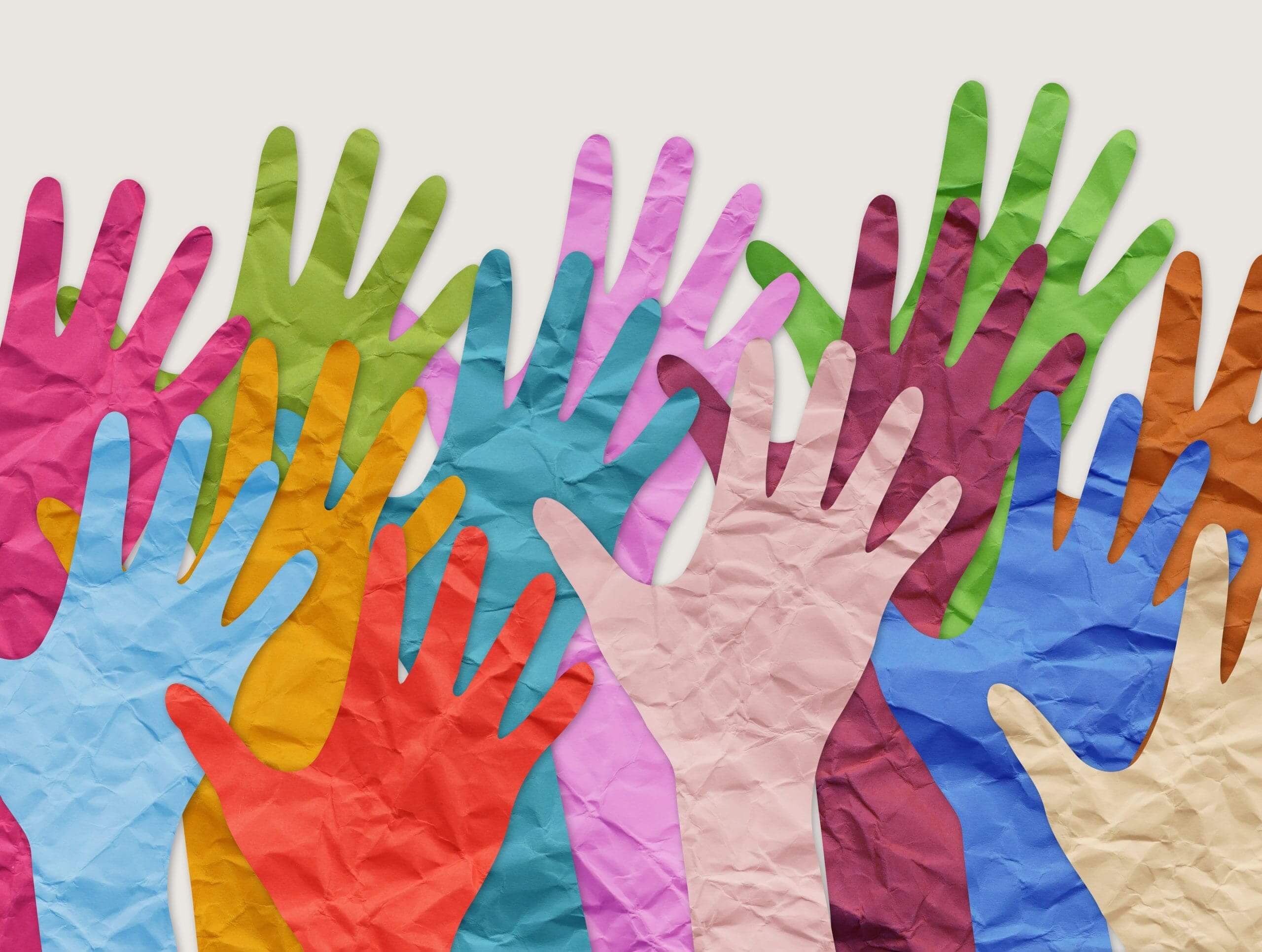
Conclusion
The integration of arts and education is not a luxury but a necessity for developing well-rounded, empathetic, and innovative individuals. Arts education nurtures creativity, sharpens critical thinking, builds emotional intelligence, and fosters cultural awareness. It enriches communities, strengthens economies, and prepares students for a world that demands both technical expertise and human creativity.
As we look to the future, embracing the arts within education means investing not just in artistic talent but in human potential. In classrooms, studios, and performance halls, the arts remind us that education is more than learning facts—it is about exploring what it means to be human.

